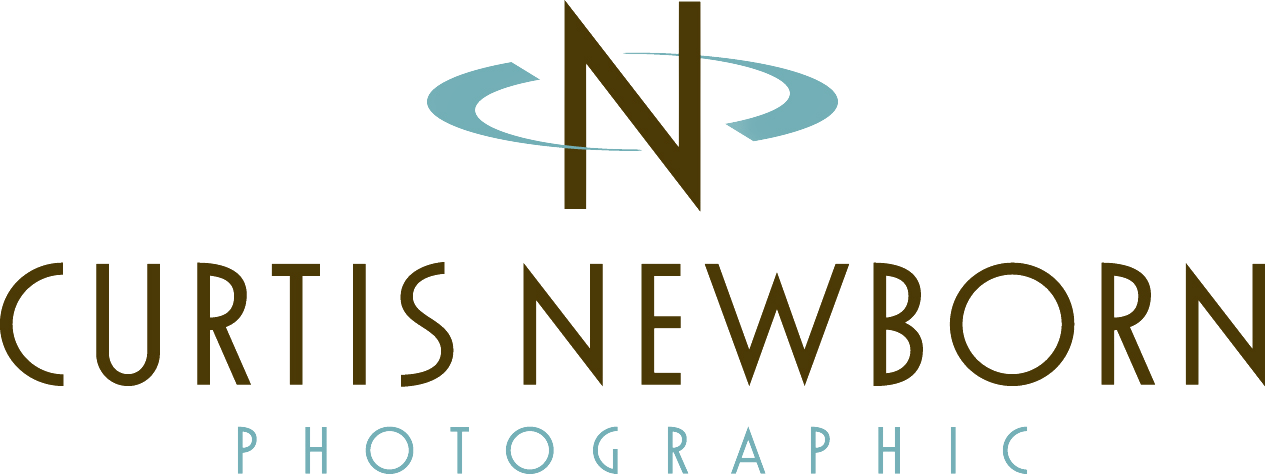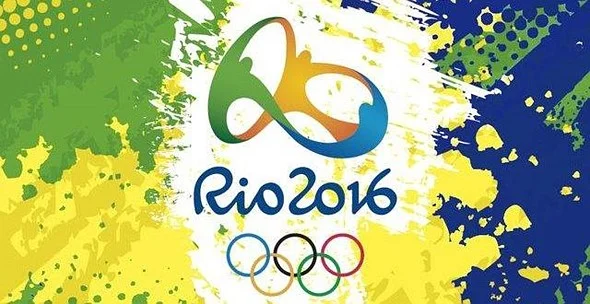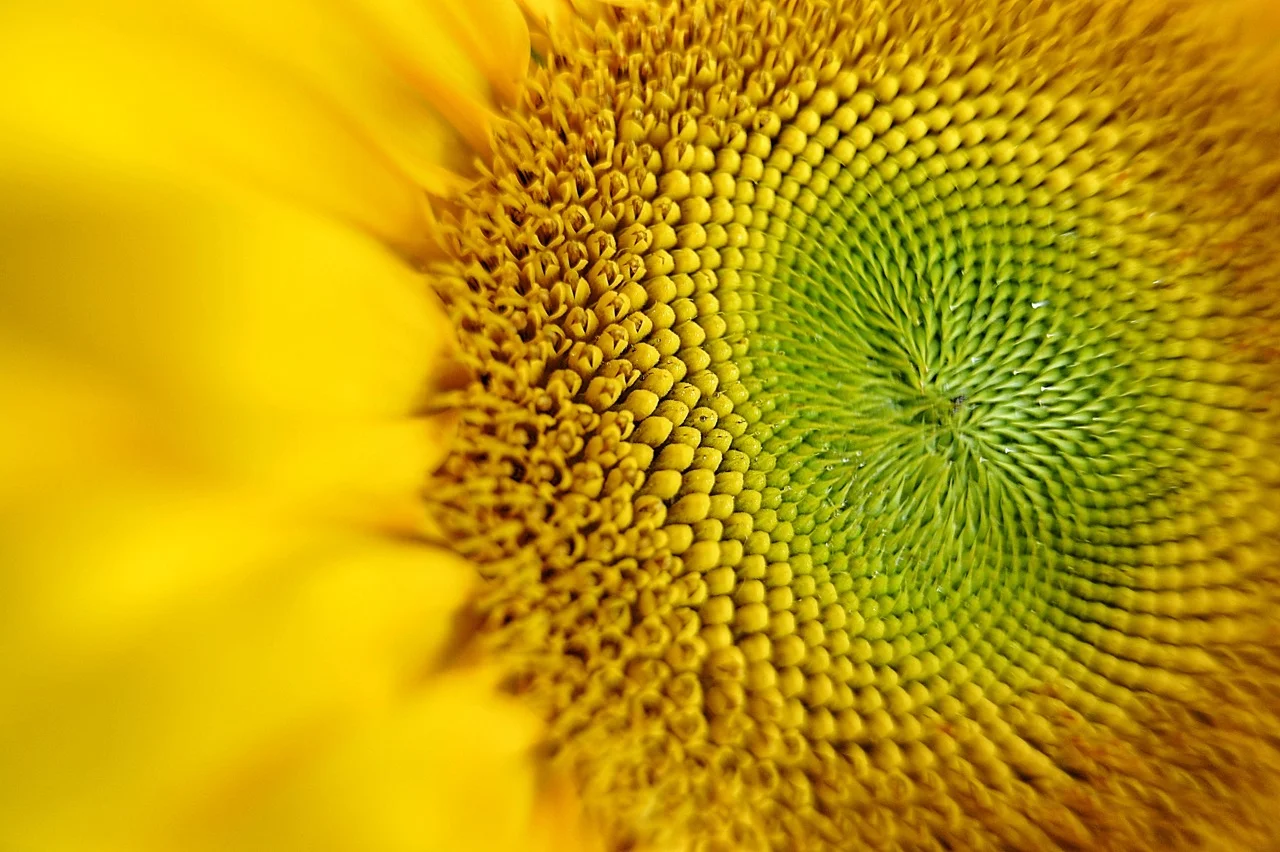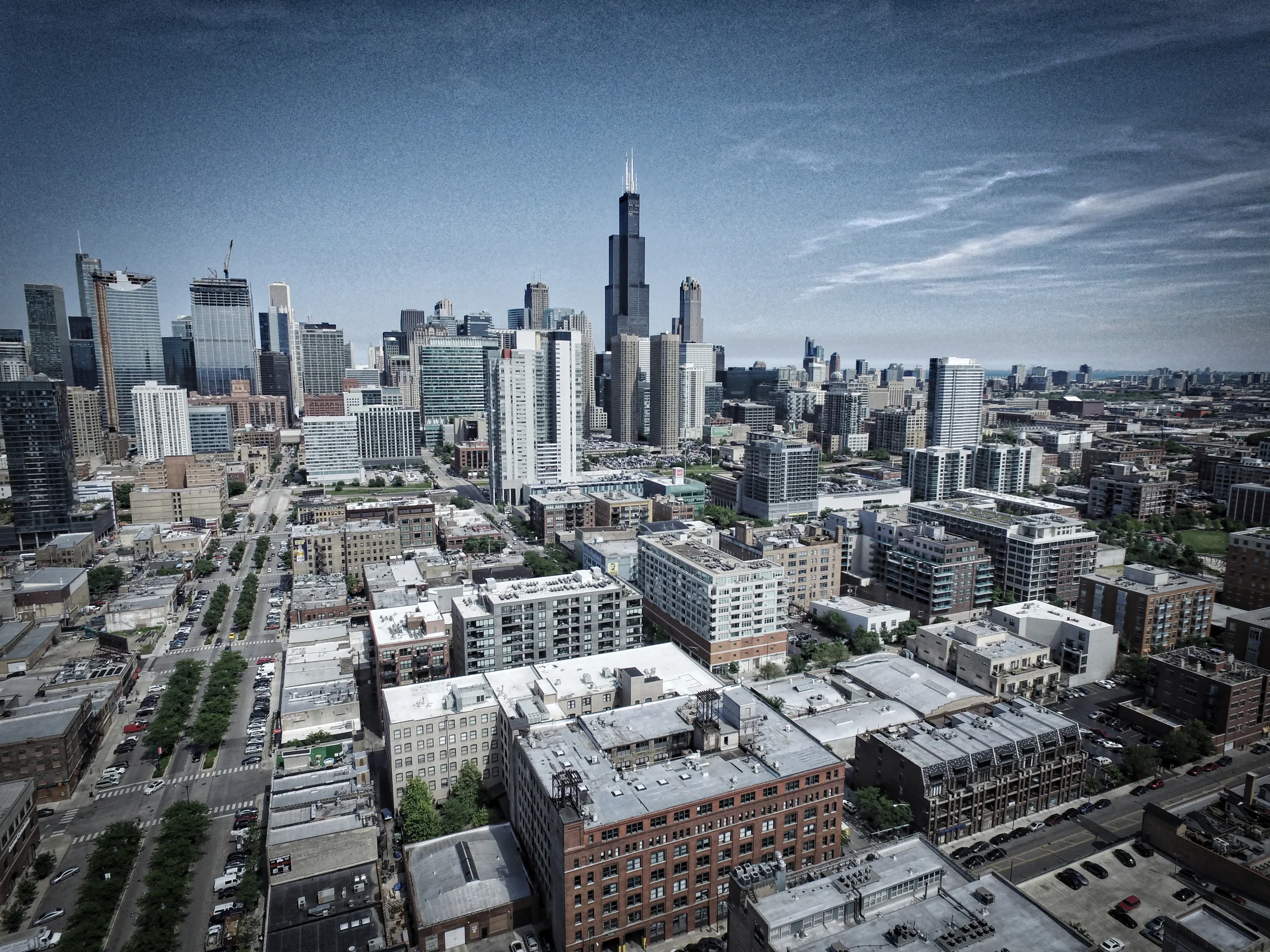It’s a proven fact that “video" in content marketing is on the rise by companies of all sizes. Consider this fact: YouTube is now the second largest search engine! But many companies and brands still think of video as an afterthought, but the awareness (and sales) that it can drive for your business means that it’s time you made it a key component of your marketing strategy. Need more convincing? Check out the “Ten Reasons” listed below that highlight the importance and value of video.
#10: Improved SEO
First off, utilizing video in your content marketing efforts will no doubt improve your SEO. In fact, according to Comscore, adding a video to your website can increase the chance of a front page Google result by 53 times when properly executed as part of an SEO plan.
#9: Higher Engagement
We’ve heard over and over that visual content is the key to great engagement. Video is no exception. So when you’re considering what types of posts to schedule on social networks in the coming weeks, think video: audiences are about 10 times more likely to engage, embed, share, and comment on video content than blogs or related social posts.
#8: Stronger Consumer Attention
Videos have been proven to demand more consumer attention than any other medium. And while we’re in the midst of what some might call a content-overload for consumers, capturing attention is particularly key.
#7: Greater Optimization Opportunities
How much of your latest blog post did readers consume? Did they re-read parts of it? Or come back to it later and read it again? Did they share it with friends? The truth is, it’s pretty hard to answer these questions on text-based content. Video, on the other hand, has this feedback loop built in. Measure click-through rate, drop-off points, or number of times watched. You can even drill this down to an individual level. It all boils down to this: the feedback loop for videos means you know what’s working and what’s not. Now to focus on more of the stuff that’s working!
#6: More Video-favored Technology
With the increased consumption of video and the resulting rise in production, technologies are leaning more and more towards favoring the video-marketer. Consider Facebook’s addition of the auto-play for example. It’s hard to argue that a status update or link to an article demands as much attention as a video in your newsfeed.
#5: Better Email Click-Throughs
You slaved over that email copy for days and it contains important information for your customers! But does it resonate? Will it drive results? Will recipients even read it? Enter: video. The use of video in emails has been shown to double click-through rates.
#4: Higher Retention Rates
65% of viewers watch more than half of a video, which is more than we can say about the typical text-based content out there. So if you have a message to get across (and why wouldn’t you if you’re creating content?), video might be the way to go.
#3: Rise in Accessibility
While creating a video used to take many months and many thousands of dollars, the production of great video content has become much more affordable in the last few years. Companies like VideoMakerFX, GoAnimate, and Sellamations make the creation of video as easy as writing a blog.
#2: Stronger Emotional Connections
Video is the most powerful way to evoke emotions online. It’s king because it offers a slew of attributes above and beyond traditional content like tone of voice, face expressions, and music, to name a few. While you may not have feel the immediate need to run out and buy a product from an emotion-filled video, they will likely be at play later on in a more subtle and subconscious way. Evoking emotion in marketing has been proven to positively impact consumer decision-making, even in B2B markets.
#1: Increased Customer Conversions
The number one reason for using video in your content marketing plan? Video converts more customers. Simple, right? Recent research shows that 71% of marketers say video conversion rates outperform other marketing content. So what are you waiting for?





